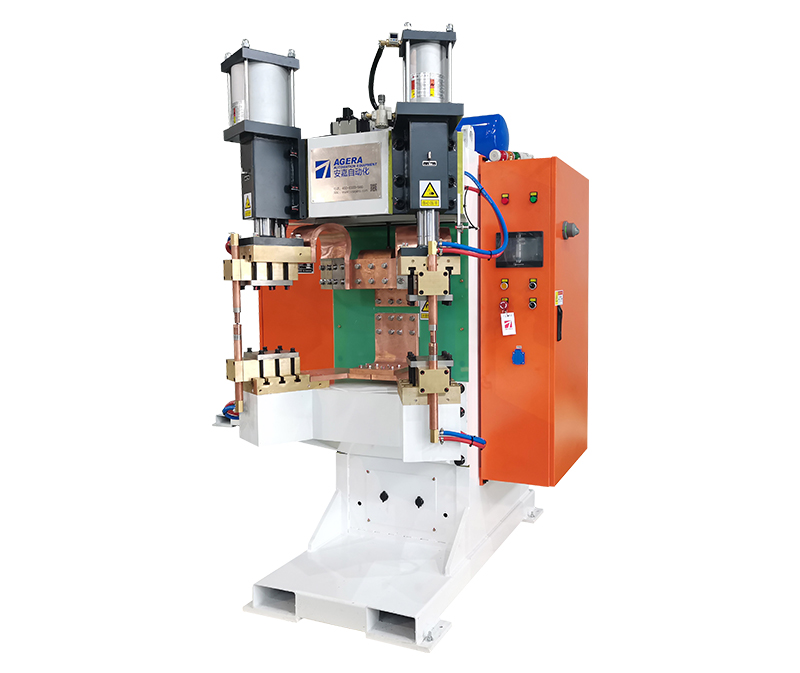How to Ensure Nut Spot Welding Machine Welds Nut Quality?
Spot Welding is a crucial process in various industries, particularly when it comes to joining nuts to metal components. Ensuring the quality of this process is essential to maintain the integrity and durability of the final product. In this article, we will discuss the steps and measures necessary to guarantee the quality of nut welding using a spot welding machine.
- Machine Calibration and Maintenance: The first step in ensuring high-quality nut welding is to regularly calibrate and maintain the spot welding machine. This includes checking and adjusting the machine’s settings, electrodes, and any cooling systems to ensure consistent and accurate welds.
- Electrode Material and Quality: The choice of electrode material is critical. Using high-quality copper electrodes with good thermal conductivity and wear resistance can significantly impact the weld quality. Regularly inspect and replace electrodes when they show signs of wear.
- Optimal Pressure and Welding Time: Proper pressure and welding time are key factors in achieving a quality weld. The pressure should be uniform and sufficient to create a strong bond. Adjusting the welding time according to material thickness and type is essential to prevent under or over-welding.
- Alignment and Fixturing: Precise alignment of the nut and metal components is essential for a strong weld. Utilize jigs and fixtures to ensure accurate placement before welding. This minimizes the chance of misalignment, which can lead to weak or defective welds.
- Controlled Environment: Welding in a controlled environment is crucial. This includes managing temperature and humidity conditions, as extreme variations can affect weld quality. A stable environment helps prevent issues such as contamination and inconsistent welds.
- Quality Control and Inspection: Implement a stringent quality control process that involves inspecting welded nuts for defects such as burn-through, incomplete fusion, or irregular shapes. Regular inspections help catch and rectify issues early in the process.
- Operator Training: Well-trained and skilled operators are essential for maintaining consistent welding quality. Ensure that your operators are well-versed in the spot welding process, machine operation, and safety protocols.
- Data Logging and Documentation: Keep detailed records of each welding operation, including machine settings, materials used, and operator information. This data can be invaluable for troubleshooting and process improvement.
- Feedback and Continuous Improvement: Encourage feedback from machine operators and inspectors to identify recurring issues and areas for improvement. Implement changes and upgrades as needed to enhance the overall welding process.
- Adherence to Standards and Regulations: Ensure that your nut welding process complies with industry standards and regulations. Meeting these standards not only ensures product quality but also demonstrates your commitment to safety and reliability.
In conclusion, the quality of nut welding using a spot welding machine is contingent on a combination of machine maintenance, operator skill, and process control. By following these steps and measures, you can consistently produce high-quality welded nuts, leading to more reliable and durable products in various industries.
